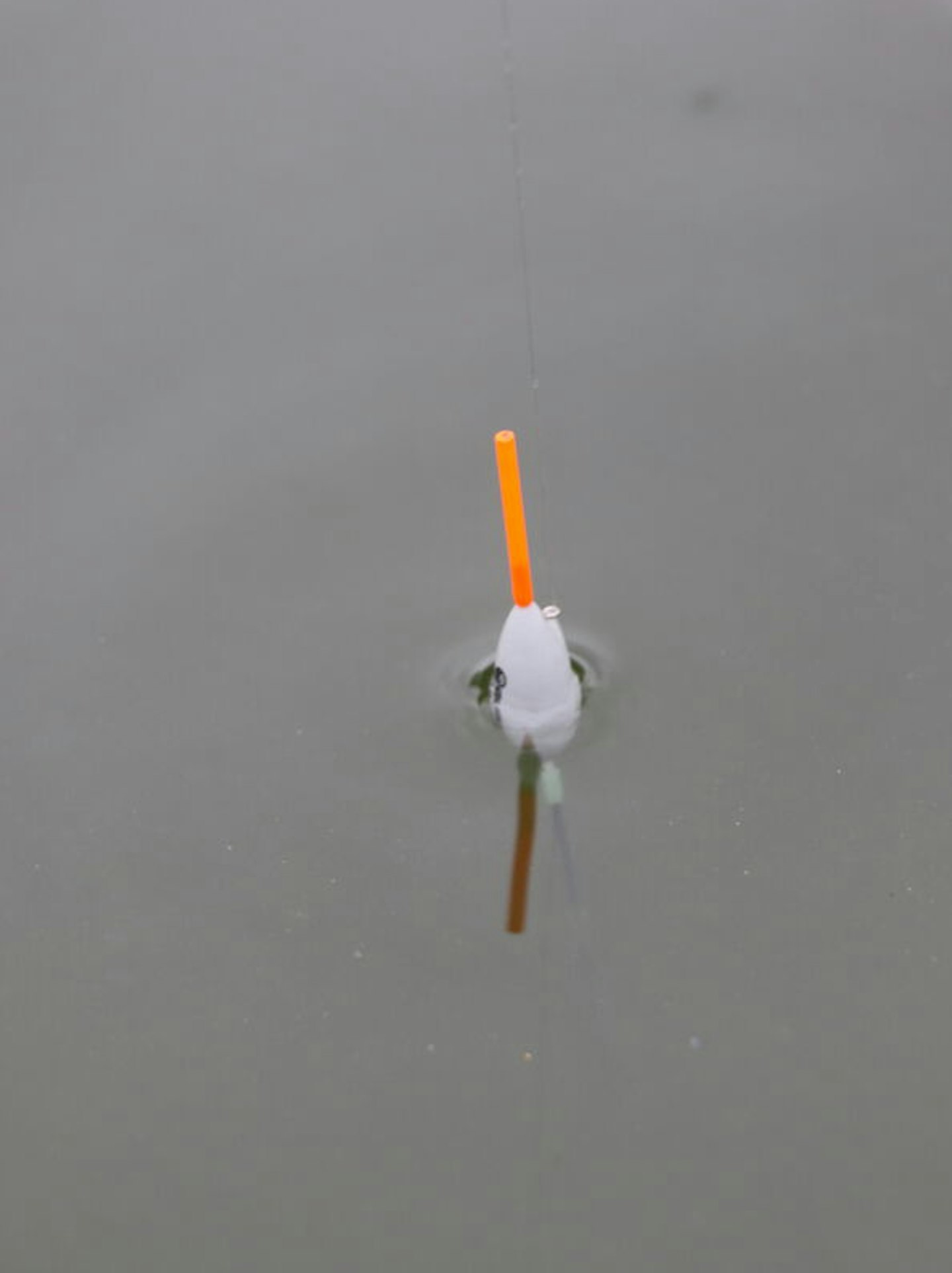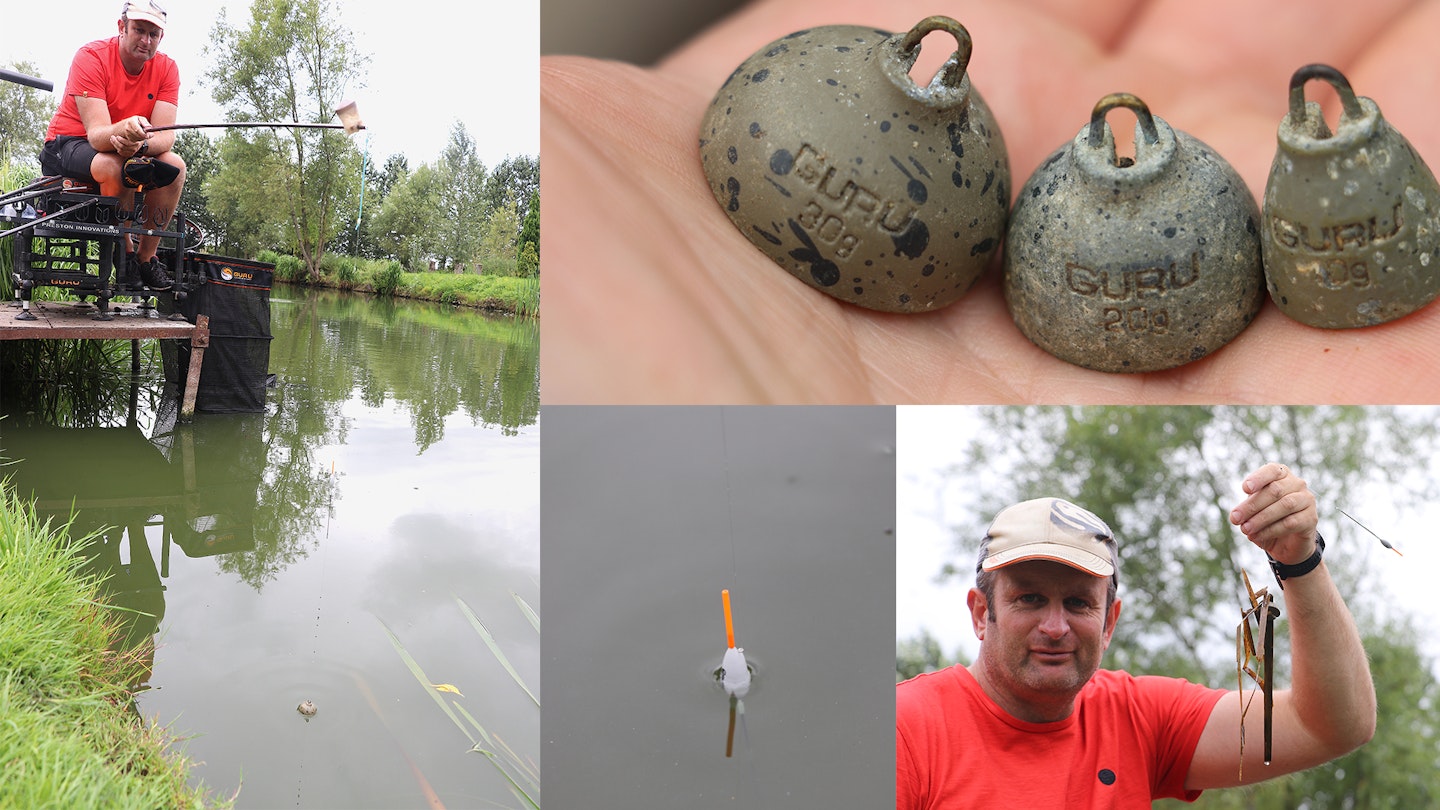You can have the most expensive pole, the best bait and be sat on the flyer peg, but all this will count for nothing if you don’t get the basics right in the first place – and that all starts with plumbing the depth.
Too many anglers are in a rush to get fishing and ship the pole out, find the depth within seconds and say: ‘That’ll do’.
The truth is, it won’t and that little piece of metal that sits in your seatbox drawer becomes one of the most important bits of kit you’ll have.
Spending time plumbing up will not only give you a totally accurate depth reading, but also identify any snags or rubbish in the area, fish-holding depth variations, and even what the lakebed is made up of.
With all this information to hand, you can then work out the best place in the swim to fish and how and what you should feed.
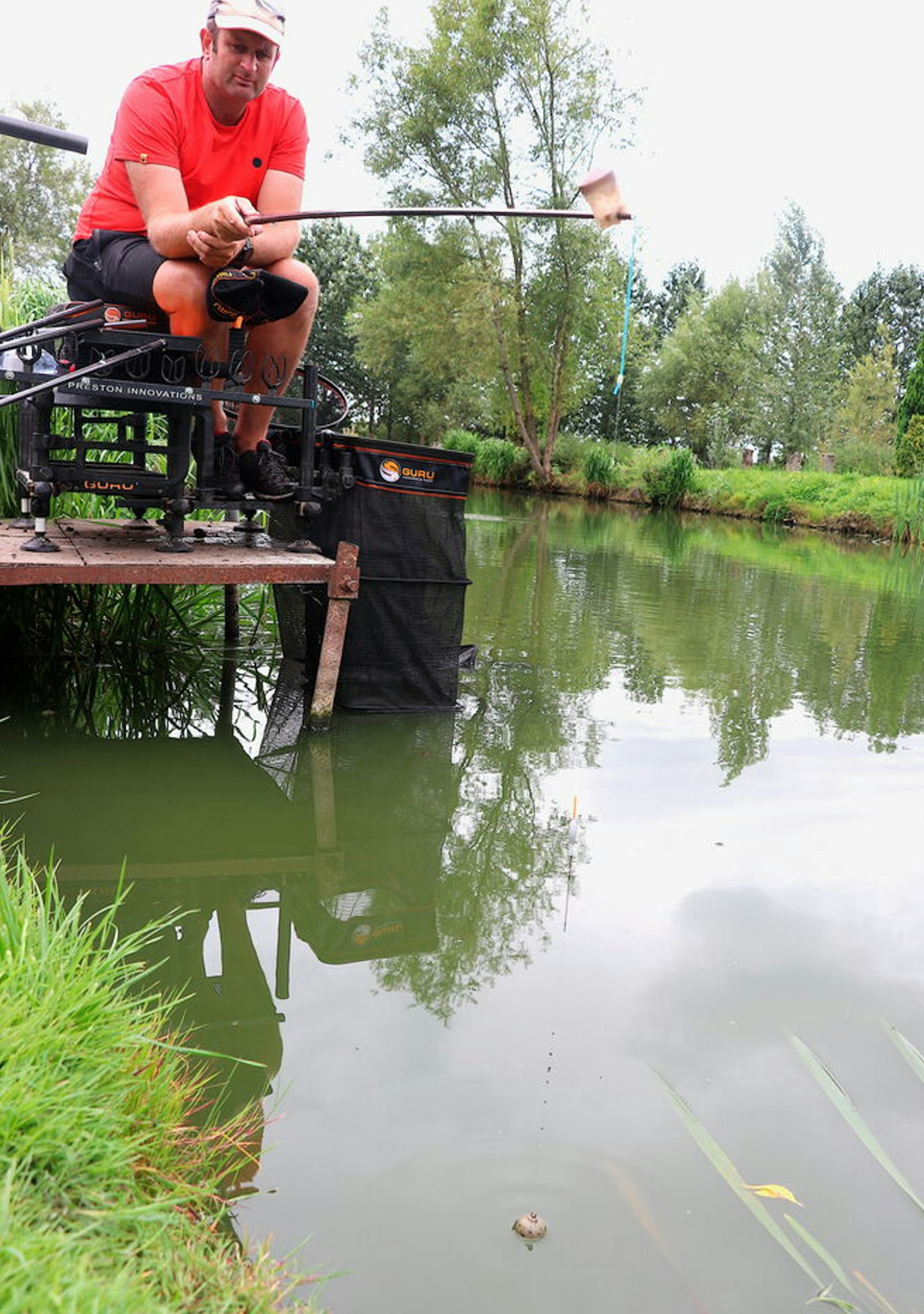
Use a a big plummet
I prefer a large 30g size, as I think this allows me to get a better feel of the lakebed. Being heavy, it will sink into any silt or will hit the bottom with a ‘clunk’ if it’s gravel. If in doubt, I’ll start with a the big plummet and then change to a 10g version.
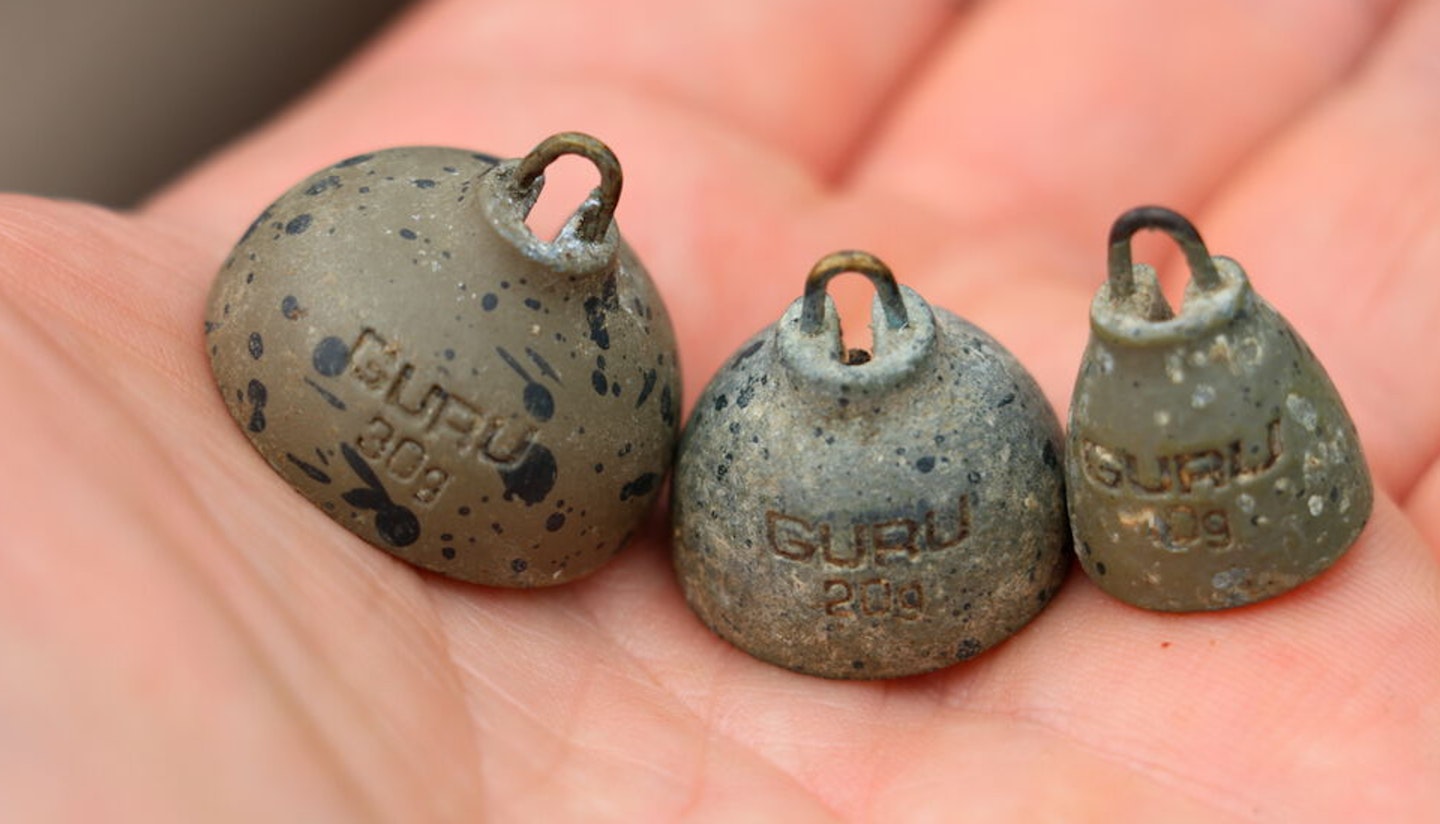
Sweep the bottom
One I’ve found the depth I’ll keep the plummet on and ‘sweep’ the pole side to side for a metre each way, dragging the plummet along the bottom. This lets me identify any snags or rubbish – these aren’t spots where fish will naturally feed.

Go for Line-through
The old cork-bottomed plummets don’t give you a truly accurate depth reading. The newer line-through plummets do, as they keep the line straight to the hook. They also have a wider base, which helps to get a proper picture of the bottom.
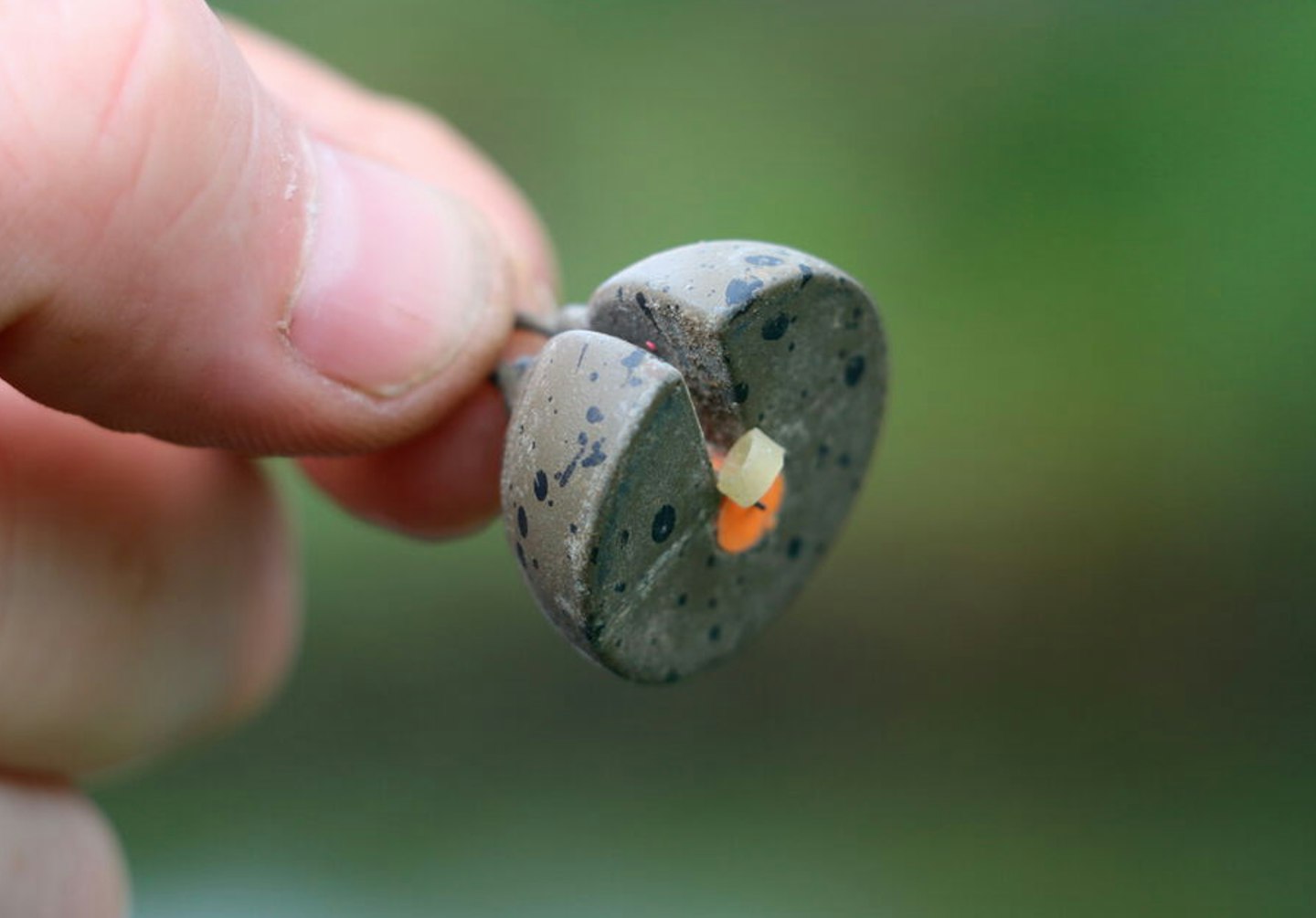
Let bristle show
I get asked a lot how much bristle should be left on show when plumbing up to dead depth. The answer is ‘all of it’, and a little bit of float body too. This might put the bait just slightly overdepth, but no lakebed is flat like a tabletop.
